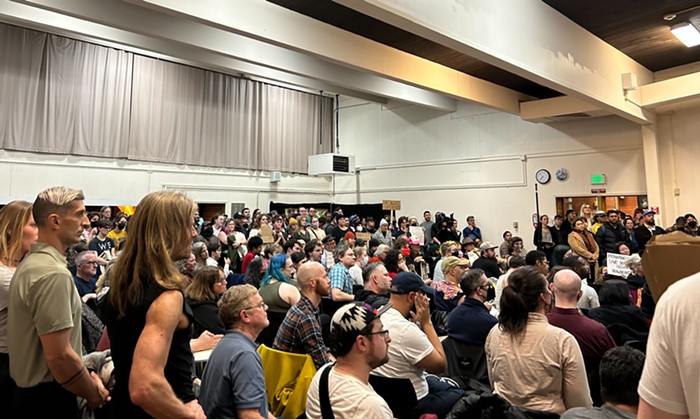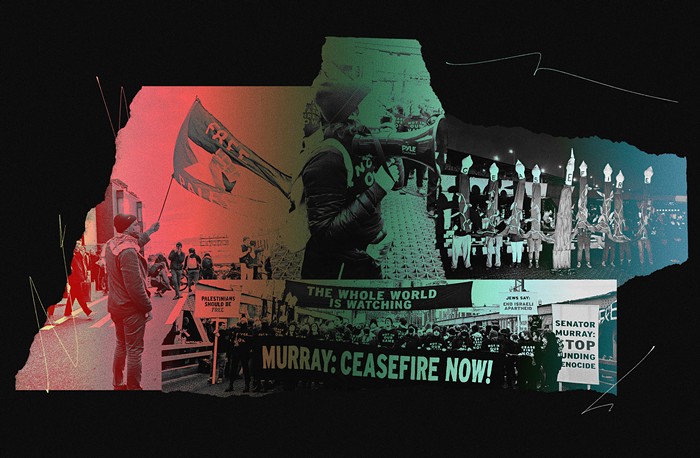1) former riverland yards area quonset hut, probably u.s. army administration support. 15 february 1999
2) 224-b process panel, f station, 18 february 1999. this station has not been significantly altered since its construction in 1943-4.
3) valve station, t-plant, 20 april 1999.
4) 100-b, looking north towards the wahluke slope, 17 february 1999.
5) operator's work station on main process control panel, t-plant, 20 april 1999. original site structure. first operational structure for the chemical separation of plutonium. built '43-'44.
6) weigh station in main process control room, 224-b, 21 April 1999.
7) splining device @ reactor face, b reactor 26 may 1999. original site structure. first functioning production reactor. to become public museum. built in '43-'44.
8) cask car @ 200 north area, 17 february 1999. hanford contained an entire functioning rail system while operational.
9) pipe gallery, redox, 17 february 1999. redox was the second generation chemical separation technology. built in the early '50s.
10) commemorative oblisk @ former central administration area for army's aaa site defense battalions. 15 july 1999.
11) plutonium finishing plant 231-z, 16 september 1999. original site structure, built in '43-'44.
IF YOU WANT TO READ ABOUT HANFORD, CHECK OUT THE FOLLOWING SOURCES:
David, Mike, Ecology of Fear, Henry Holt and Company, 1998
Goldberg, Stanley, General Groves and the Atomic West: The Making and Meaning of Hanford, Center for the Study of the Pacific Northwest in association with the University of Washington Press, 1998
Groves, Leslie R., Now it Can be Told: The story of the Manhattan Project, Da Capo Press, Inc., 1983
Hacker, Barton C., "Radiation Safety, the AEC, and Nuclear Weapons Testing: Writing the History of a Controversial Program," The Public Historian 14:31-53, 1992
Elements of Controversy: The Atomic Energy Commission and Radiation Safety in Nuclear Weapons Testing 1947-1974, University of California Press, 1994
Hanford Reach website: www.Hanford.gov/reach/index.html
McPhee, John, The Control of Nature, Noonday Press, 1998
Rhodes, Richard, The Making of the Atomic Bomb, Simon and Schuster, 1986
Sanger, S.L., Working on the Bomb: An Oral History of World War II Hanford, Portland State University Continuing Education Press, 1995
Schwartz, Stephen I. (ed), Atomic Audit: The Costs and Consequences of U.S. Nuclear Weapons Since 1940, Brookings Institution Press, 1998
U.S. Department of Energy, Linking Legacies: Connecting the Cold War Nuclear Weapons Production Processes to Their Environmental Consequences, 1997
Final Hanford Comprehensive Land-Use Plan Environmental Impact Statement, 1999
(Free copies of these documents can be obtained by calling the U.S. D.O.E. at 800.736.3282)
These photographs are part of a collection originally displayed at the Esther Claypool gallery in November. To see the complete series, contact the gallery.


















